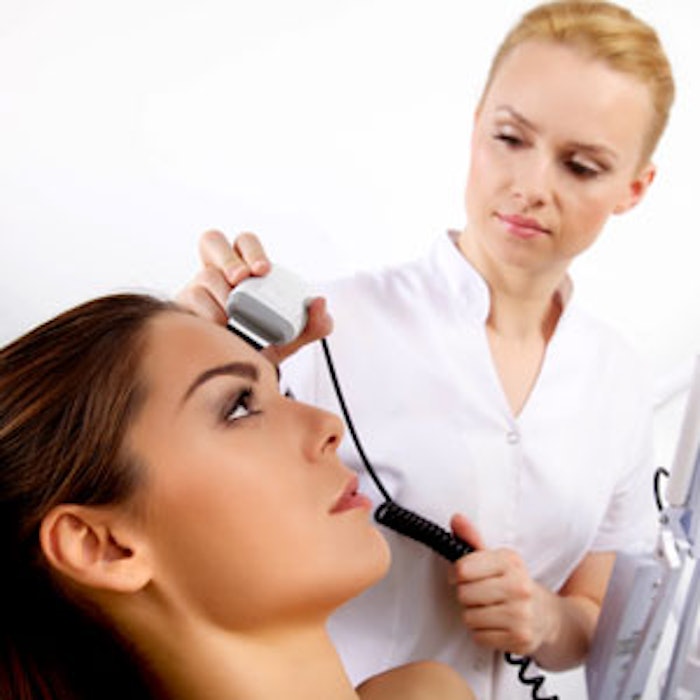
When Lori Marshall, a physician’s assistant at the West Side Medical Spa, reported to management that she had been stuck by a contaminated needle during a procedure, nobody knew what to do. When she tried to convey to management the need for procedures, she was told to wash the puncture site and get back to work. Marshall felt both betrayed and angry.
At her husband’s suggestion, Marshall called the Occupational Safety and Health Administration (OSHA) and reported the incident. Within hours, Marshall was contacted by an OSHA compliance safety and health officer (CSHO), who took a detailed statement and advised her that they would schedule an immediate site visit.
Two days later, an OSHA CSHO walked in to the West Side Medical Spa, identified herself to management and advised that they were there in response to a complaint. Throughout the next three days, all employees were interviewed, and all documents and records were reviewed. Within a matter of weeks, West Side Medical Spa received a letter containing the following citations and penalties.
No written bloodborne pathogens (BBP)/exposure control plant........$4,500
Failure to train employees in BBP within 10 days of hire............$2,500
Failure to provide medical follow-up after an exposure...........$2,500
Failure to maintain required needle stick logs............$1,500
Failure to include employees in selection of safe medical devices..........$2,500
Total penalties........$13,500
This scenario is based on an actual event, and all names have been change to avoid actual identification of the employee or the employer.
Most medical esthetic professionals have not given much thought to their organization’s compliance with OSHA standards. They may not even know what OSHA is, what it does and why it does it. It is time to change that. In fact, it’s mandatory that medical spas follow OSHA standards—their business depends on it.
What is OSHA?
OSHA is part of the United States Department of Labor. It was created by the Occupational Safety and Health Act of 1970, and its mission, according to the act itself, is “to assure safe and healthful working conditions for working men and women.”
OSHA protects most private-sector workers in the United States, though its standards are typically associated in the public consciousness with industries such as construction and agriculture—fields in which physical labor is a major part of jobs, and workers may easily suffer serious injuries—or worse—if improperly trained.
However, medical spas and medical esthetic facilities also must follow a number of OSHA standards, which may come as a surprise to owners and operators. Often, unless these are followed, a business can be fined tremendously and ultimately, it can be shut down.
“Sadly, many medical spas may not even be aware that OSHA standards apply to them,” says Steve Wilder, president of Sorensen, Wilder & Associates, a safety and security risk management consulting group specializing in health care. “Medical spas are considered health care entities; therefore, they are subject to the health care requirements of OSHA.”
Editor’s note: Part II of this column will appear in the April 2015 issue of Skin Inc. magazine, and will address how OSHA standards specifically pertain to medical spas and what may happen if spas fail to comply.











